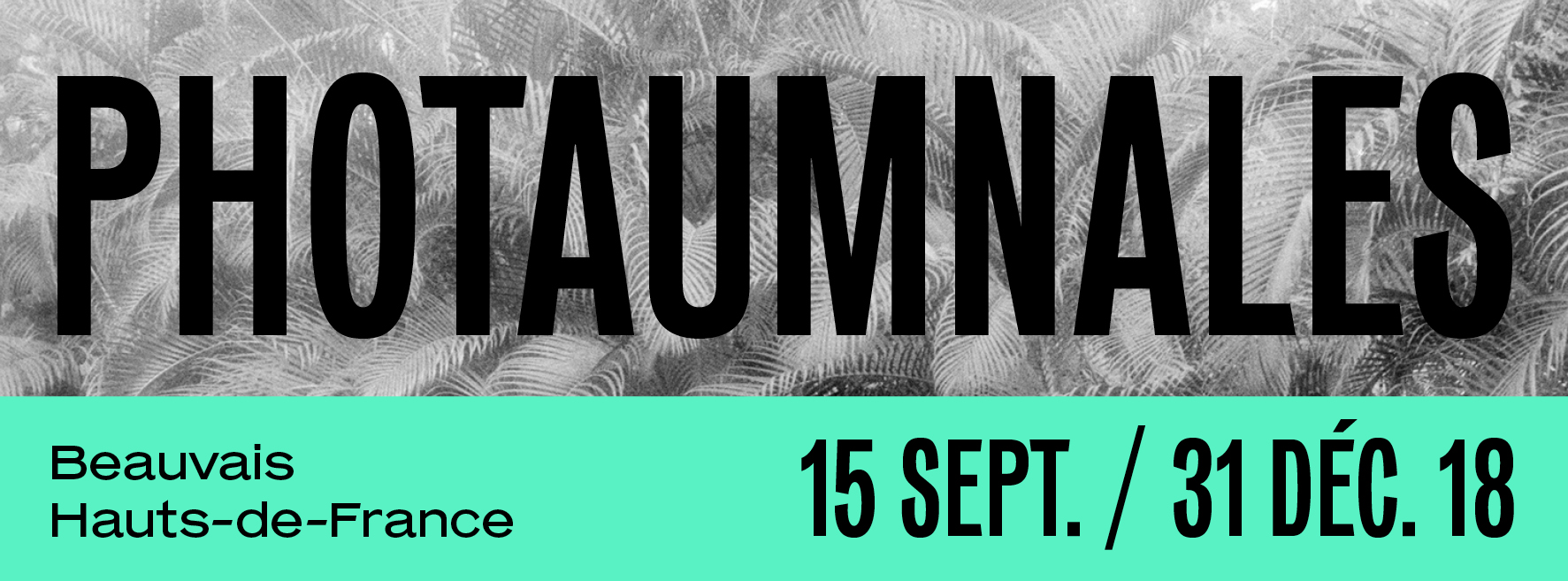 |
| where memory remains |
LE QUADRILATÈRE
22 rue Saint-Pierre at BEAUVAIS
Phone : 03 44 15 67 00 (week)
Thuesday - Friday: 12am - 6pm - Saturday and Sunday: 10am - 6pm
Closed on 25 December
FREE ENTRANCE
|
|
Céline CLANET - Hélène MARCOZ - Gaël CLARIANA - Christoph SILLEM - Émilie VIALET - Serge CLEMENT - Andrej VASILENKO - Tadas KAVAZAKEVICIUS - Li SUNG HUA - Ilaria ABBIENTO - Marco TIBERIO & Maria GHETTI
|
|
Céline CLANET
Reserved Access
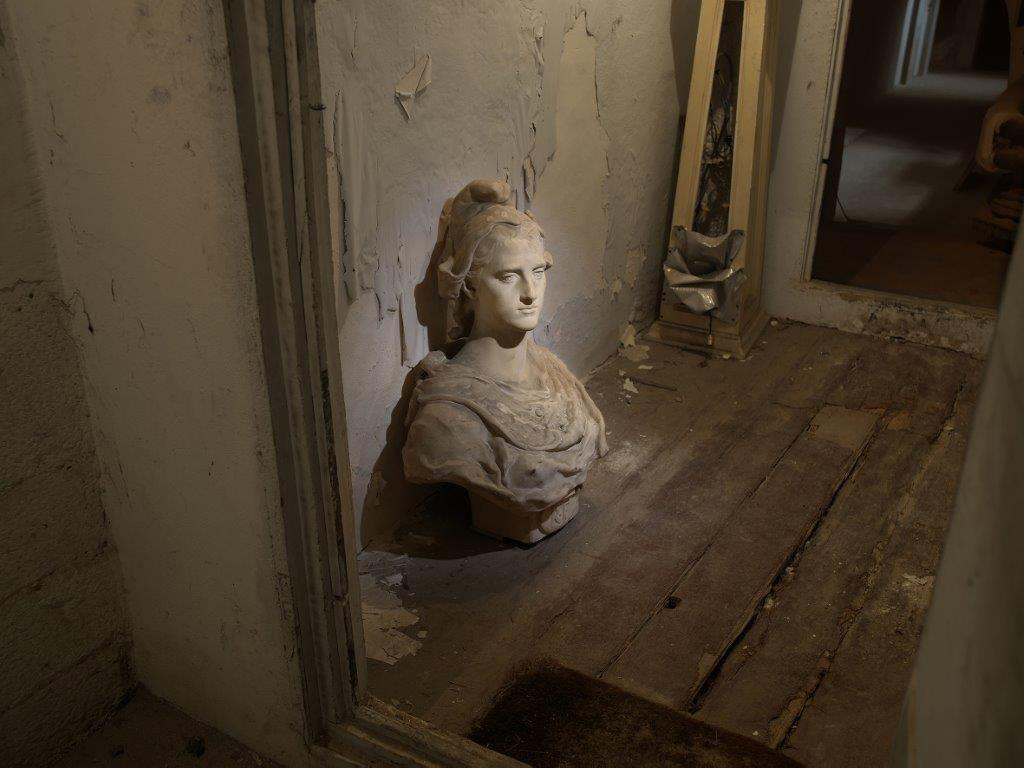 Cave - Hôtel du Préfet de l’Orne, Alençon Cave - Hôtel du Préfet de l’Orne, Alençon
At the request of the Regional Directorate of Cultural Affairs of Normandy and the Regional Association for the Dissemination of the Image (Ardi-Photographies) in Caen, I spent two years exploring the three official residences of the prefects of Lower Normandy, national heritage whose access is prohibited to the public. Everywhere can be found long corridors, ceremonial salons, the smell of woodwork, antique furniture, and the indiscreet creak of floorboards, as well as conscientious staff engaged in ironing, serving, cooking and maintaining these often splendid classified buildings.
It was always surprising that there were no family photos or personal objects to be seen. These places are simply the secret boxes providing a sleeping place for a senior civil servant, a high-ranking soldier of the state, who only works for a few years or a few months before making way for the successor.
The three prefects, and several staff members, kindly agreed to participate in my project. I photographed them as silent inhabitants within pictorial surroundings, temporary occupants in places that are larger than them, these places which mainly fulfil a function, that of representing it.
— Céline Clanet
Born in Chambéry in 1977, Céline Clanet graduated from the National School of Photography in Arles in 1999.
www.celineclanet.com
|
Hélène MARCOZ
Concrete Jungle
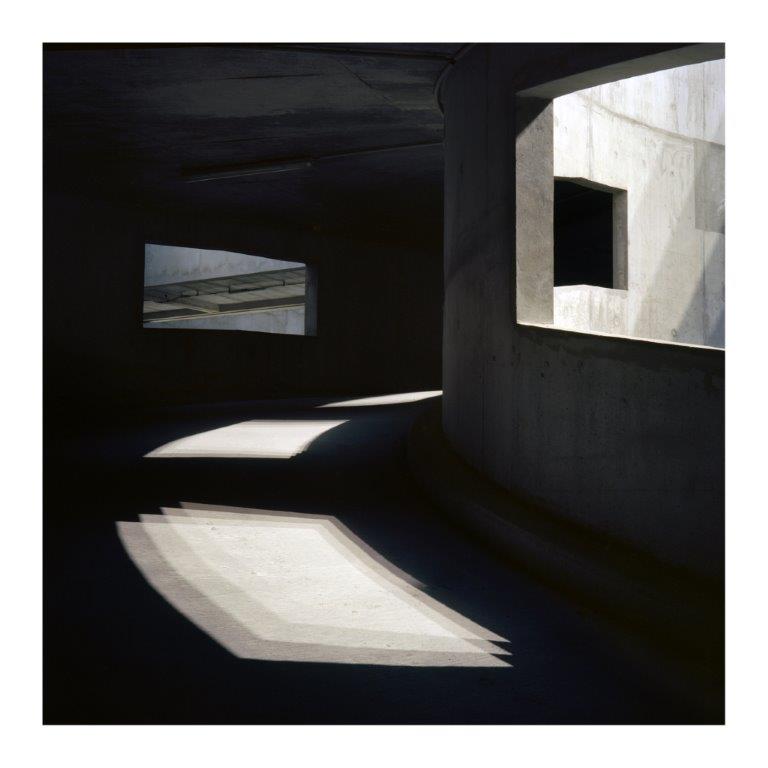
Double exposure is used here to record on a single negative the changing course of shadows produced by rotation of the Earth within dehumanised architectural spaces.
The question of gradation is combined with the desire to reinterpret light and dark and to play, at the level of composition, with simple geometric patterns, coupled with their shadows. By way of duality, a tension is established between the fixed, immutable architectural subject and its shadow, which becomes more dynamic and even kinetic.
Landscape(s) video 10’
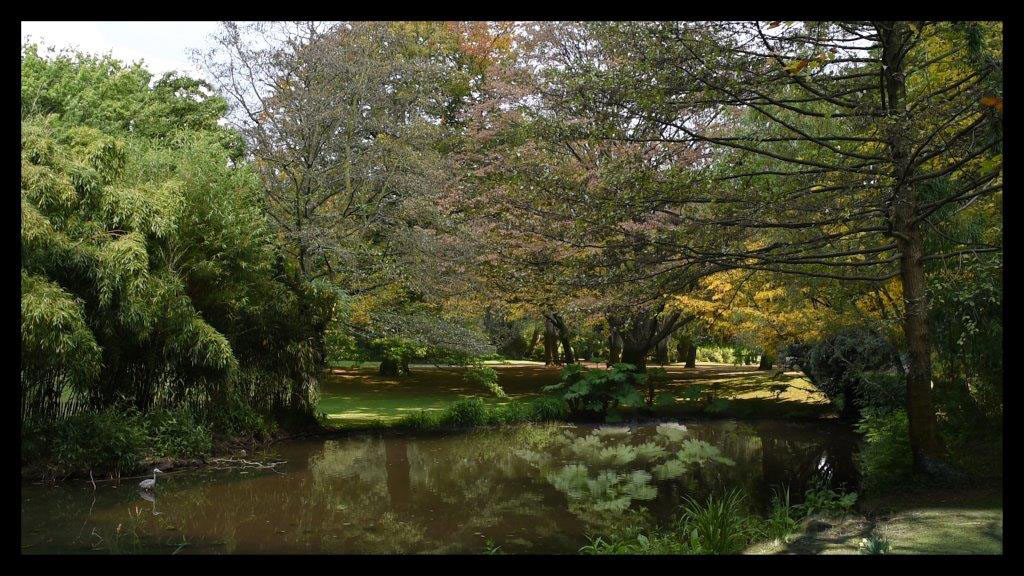
I filmed various landscapes for a year with exactly the same framing in order to collect a memory, a visual vocabulary to subsequently write the script upon editing.
During the editing phase, the video image is divided into several parts that slowly fade from one into the next, revealing a videorama that combines several seasons simultaneously.
This landscape, as it appears before our eyes, never really existed. Projected in a loop, in large format, it gives the impression of a living tableau, time that is suspended and infinite.
— Hélène Marcoz
Born in 1974 in Vincennes, Hélène Marcoz lives and works in Lille, where she teaches photography and video at the National School of Architecture and Landscape.
www.helenemarcoz.fr
|
Gaël CLARIANA
Ici bientôt
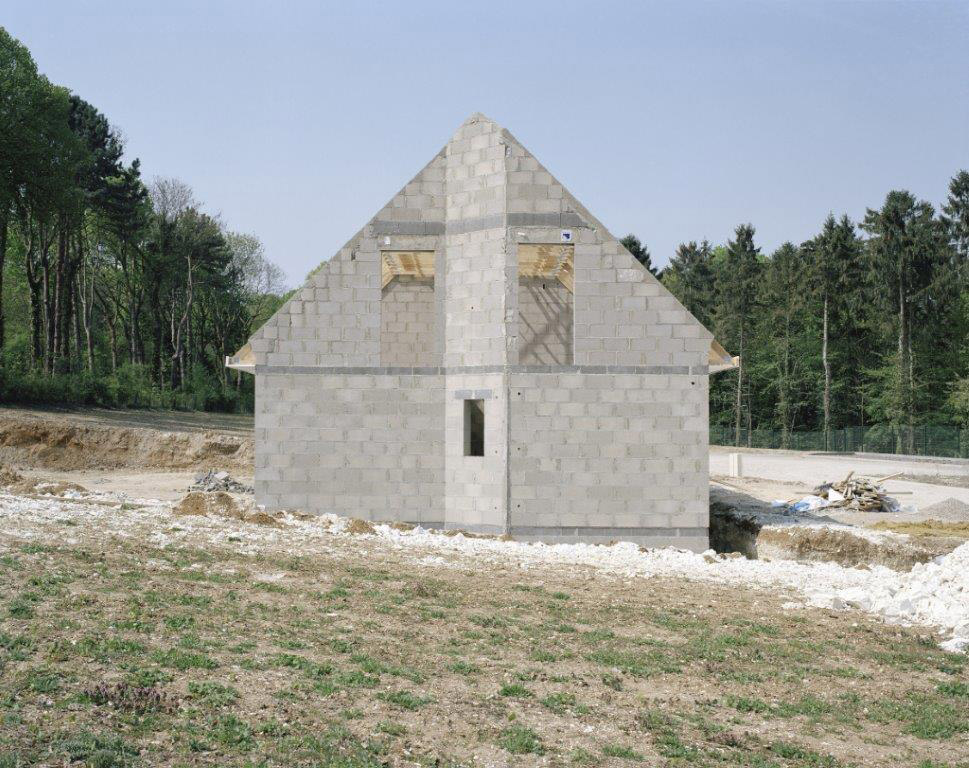
Gaël Clariana has photographed the emergence of suburban areas under construction.
In new and artificial environments, construction equipment and material resemble the pieces of an assembly game on a monumental scale, with houses displayed as bare, empty shells, disturbing or derisory in their impersonality and similarities. Attentive to the homogeneity of colours between images, Gaël Clariana focuses on the rigorous geometry of structures and the bareness of surfaces, the way in which the design of pavilions articulates an empty and sterile space. These works illustrate a wholly current form of urban development. They provide a critical view of the expansion of towns in outlying areas of individual and suburban housing, which have overturned town planning traditionally organised around transport axes, shopping zones and residential islands. The photographs of Gaël Clariana consitute the memory of ephemeral spaces that generally neglected in favour of a more complete and perennial vision of the urban landscape.
— Olivier Grasser
Born in 1971 in Amiens, Gaël Clariana graduated from the Amiens School of Art and Design in 1998. He teaches at the Faculty of Arts of Amiens.
www.gaelclariana.com
|
Christoph SILLEM
Émilie VIALET
L’enfer me ment* (Hell lies to me)
Invitation to the Photography and Architecture Triennial in Brussels (Belgium)
Curator: Marc Mawet
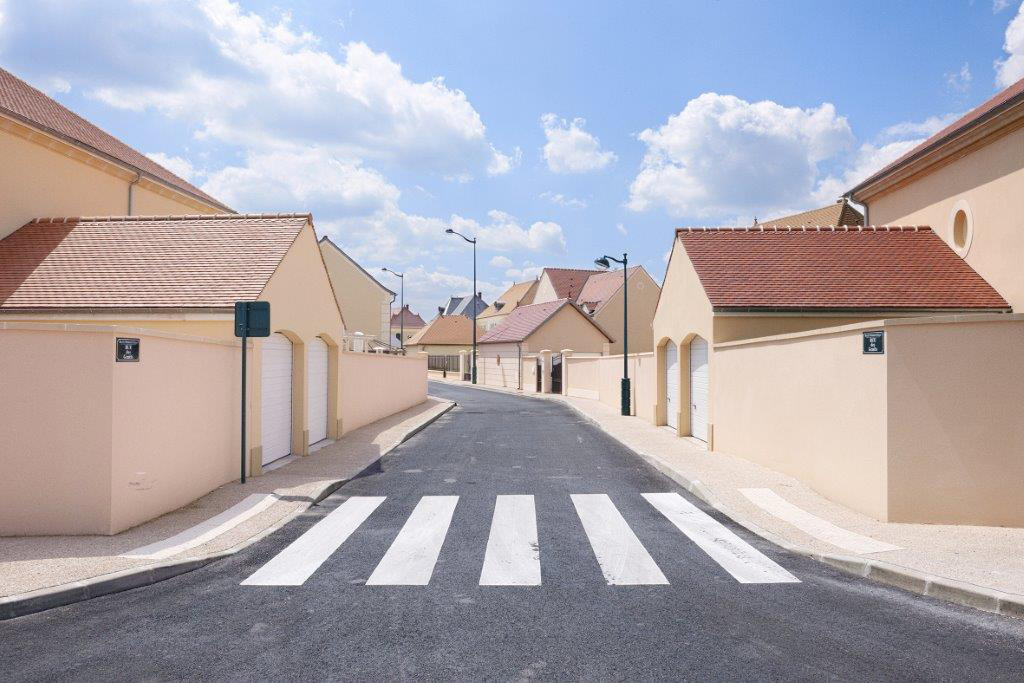 Christoph Sillem, A World Around Disney Christoph Sillem, A World Around Disney
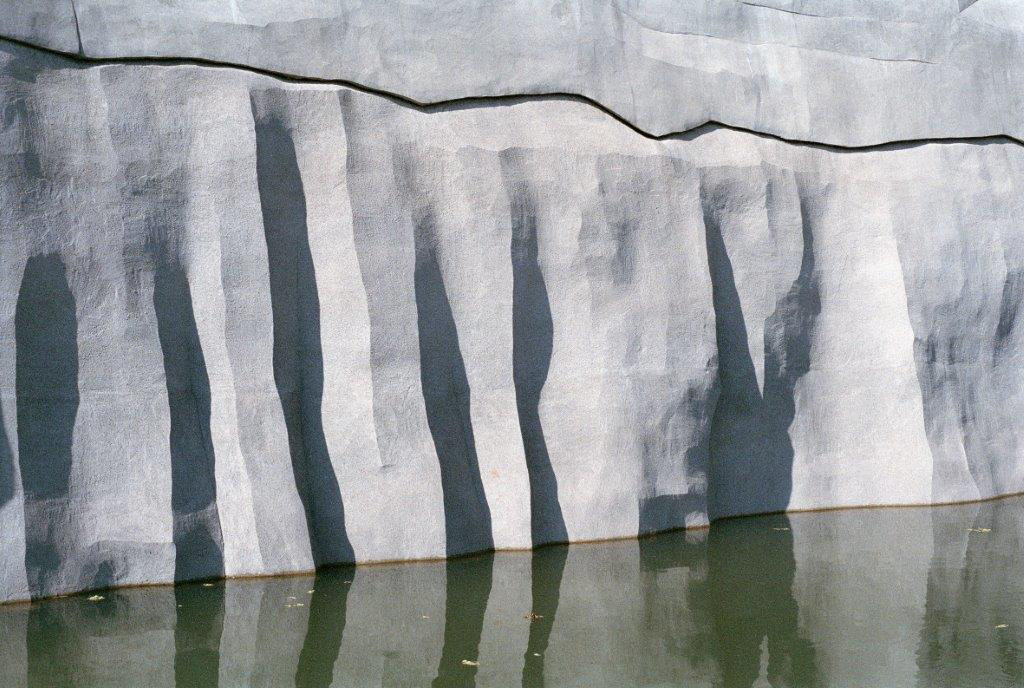 Emilie Vialet, The EternalEmilie Vialet photographs real zoos, Christoph Sillem real cities, the first across Europe, the other around Paris Disneyland. They do not know each other and their respective subjects are not directly related. Yet the spaces they document are part of the same process: that of celebration. Without looking too much, everything seems to be going for the best in the best of all worlds. However, the diagnosis is without appeal: beyond what embodies it, an architectural style on the one hand or the idealisation of nature on the other, the two photographers deal specifically with the false strategy of a double captivity. In one case, it is a question of controlling the public space, more precisely its absence, visible from the Tower of the Sleeping Beauty of Globalized Capital, while in the other case, it is a question of pacifying the landscape dominated by our predatory anthropocentrism. Emilie Vialet, The EternalEmilie Vialet photographs real zoos, Christoph Sillem real cities, the first across Europe, the other around Paris Disneyland. They do not know each other and their respective subjects are not directly related. Yet the spaces they document are part of the same process: that of celebration. Without looking too much, everything seems to be going for the best in the best of all worlds. However, the diagnosis is without appeal: beyond what embodies it, an architectural style on the one hand or the idealisation of nature on the other, the two photographers deal specifically with the false strategy of a double captivity. In one case, it is a question of controlling the public space, more precisely its absence, visible from the Tower of the Sleeping Beauty of Globalized Capital, while in the other case, it is a question of pacifying the landscape dominated by our predatory anthropocentrism.
In vain, but deliberately, Emilie Vialet and Christoph Sillem seek in their photography of absence some part of humanity at the heart of this cynical celebration.
Born in 1965 in Goslar (Germany), Christoph Sillem lives and works in France.
www.christophsillem.com
Born in Ulis in 1980, Émilie Vialet lives and works in Strasbourg.
www.emilievialet.com
Marc Mawet, architect, professor at the Faculty of Architecture of the Free University of Brussels, curator of the Photography and Architecture triennial.
* The title of the exhibition, a play on words in French, is adapted from that of the book L’enfer me ment, éditions Husson, 2007. 
|
Serge CLÉMENT
Fragments & Trans
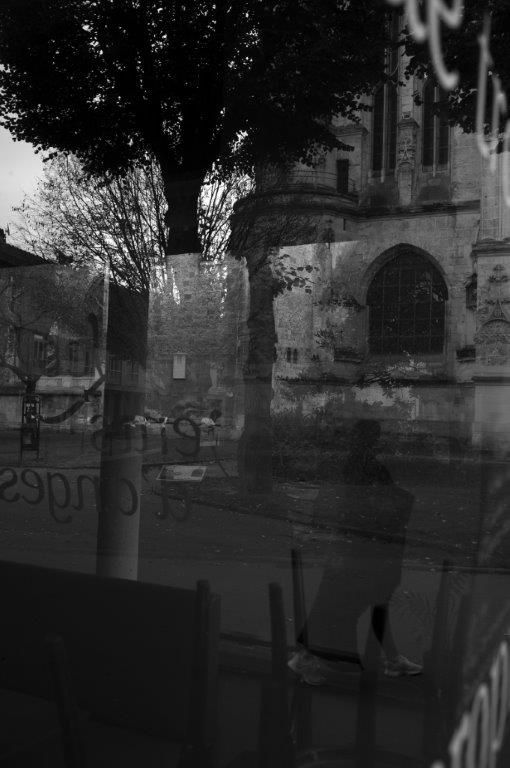
Autumn 2017, a creative residency for photographers across three places,
Amiens, Beauvais and Clermont over three weeks:
a stay, a walk, a story, a journey
the outsider’s view of these urban areas, their equipped, domesticated spaces imbued with October light, fragrances, evasive sunlight borne by chance, coincidences, enigmas
extracts from architectural, historical, industrial, literary and cinematic heritage, the walker's journey, seen from eye level, to be mapped, deciphered, and layered
a cycle of fractured journeys, truncated, bristling architectural perspectives, lights in turbulence of high density fiction, precipitating extrusions and cleared dreams
a cycle of images become writing, meditation possibly deflagration, alchemy
magnifying the real, its music, its poetry, its immensities of imagination, its inner movements, its migrations of images - palimpsest, a journey of images beyond us
between duration, unspeakable
images that disfigure, transfigure
— Serge Clément
Serge Clément was invited for a creative residency by Diaphane in 2017, as part of the partnership with the Rencontres Internationales de la Photographie in Gaspésie and with the support of the Franco-Quebec Fund for Decentralized Cooperation.
Serge Clément lives and works in Montreal. His approach is between documentary and installation, through social commentary, poetic narrative and photographic essays. He is represented by the gallery Le Réverbère, Lyon, France
www.sergeclement.com
|
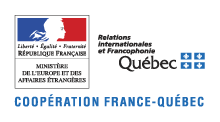 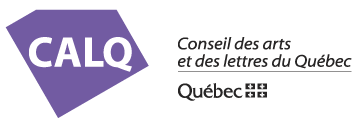   |
Andrej VASILENKO
La promenade (The Walk) (creation)
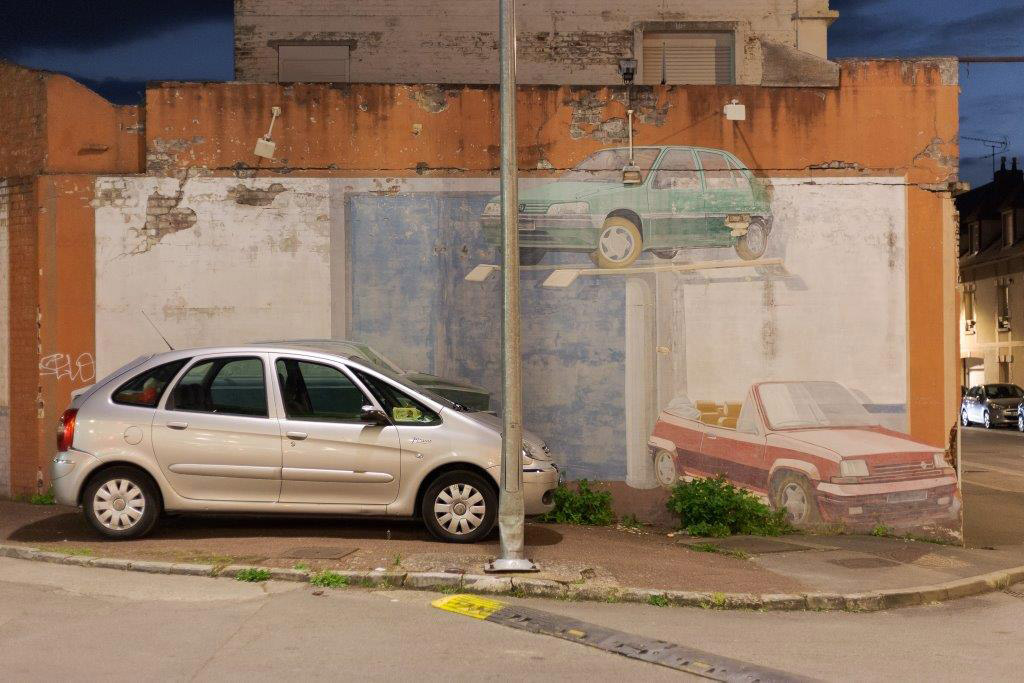 Lithuanian photographer Andrej Vasilenko was invited to a creative residency in Beauvais, where he continued to work on the peri-urban landscape. This series, entitled La Promenade [The Walk], testifies to the photographer’s moments of wandering around the town, capturing artefacts of the spaces and the temporal aspects inherent in the various types of architecture. Lithuanian photographer Andrej Vasilenko was invited to a creative residency in Beauvais, where he continued to work on the peri-urban landscape. This series, entitled La Promenade [The Walk], testifies to the photographer’s moments of wandering around the town, capturing artefacts of the spaces and the temporal aspects inherent in the various types of architecture.
"Throughout the residency, I tried to walk as much as I could to explore different areas of the town. As a photographer, I am interested in the identity of places and the way people organise their lives. I am interested in the relationship between past and present in urban space and architecture. The Walk is a small alternative guide to the areas and architecture of Beauvais.”
— Andrej Vasilenko
Andrej Vasilenko was selected for his series “This is Vilnius”, as part of the ERA (European Residency Award), after portfolio readings in Lithuania. This award demonstrates the decision of three festivals – Kaunas Photo festival in Lithuania, Photolux festival in Lucca, Italy and Photaumnales in France – to work together and exchange on contemporary European creation.
Born in 1985 in Lithuania, Andrej Vasilenko, a graduate of the Vilnius Academy of Arts in 2009, lives and works in Vilnius.
http://andrejvasilenko.lt
|
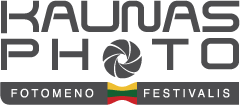   |
Tadas KAZAKEVIČIUS
Soon to be Gone
Invitation to Kaunas Photo festival (Lithuania)
Exhibition curator: Mindaugas Kavaliauskas
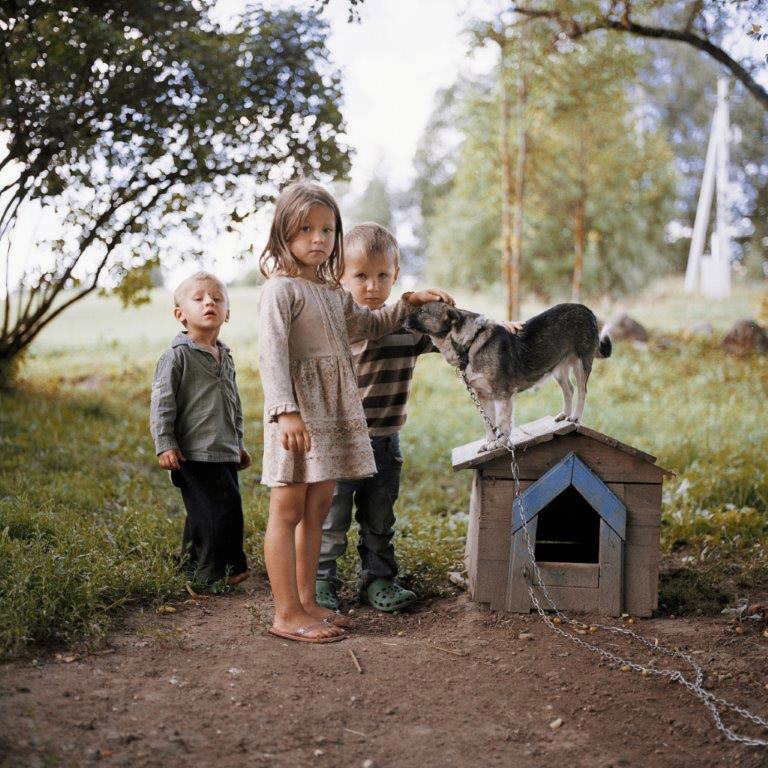
Over the past decade, continuous migration has reduced Lithuania's population by almost one-sixth. Cities have sucked in the economy and young people. One question inevitably arises: how long will our forests and valleys be adorned with views of farms and villages – places where a totally different understanding of time and proximity still exists? How long will there be places where a visitor will be greeted by a sincere "hello"?
Whenever a thought like this crosses my mind, I, as a photographer, feel driven by instinct to quickly turn these symbols and places into something more than mere memories in the stories of future grandparents. Even if a recorded image is unable to revive what has been lost, it still reminds us of something that perhaps once momentarily attracted our attention along the roadside. Maybe this tribute to the Lithuanian countryside will evoke certain sentimentality on the part of the viewer and touch those deeply hidden corners of the memory we have, apparently inadvertently, shut out.
— Tadas Kazakevičius
Born in 1984 in Vilnius (Lithuania), Tadas Kazakevičius is a documentary and portrait photographer.
www.tadaskazakevicius.com 
|
Li SUNG HUA
A Postman Diary
Exhibition curator: Nicolas Havette
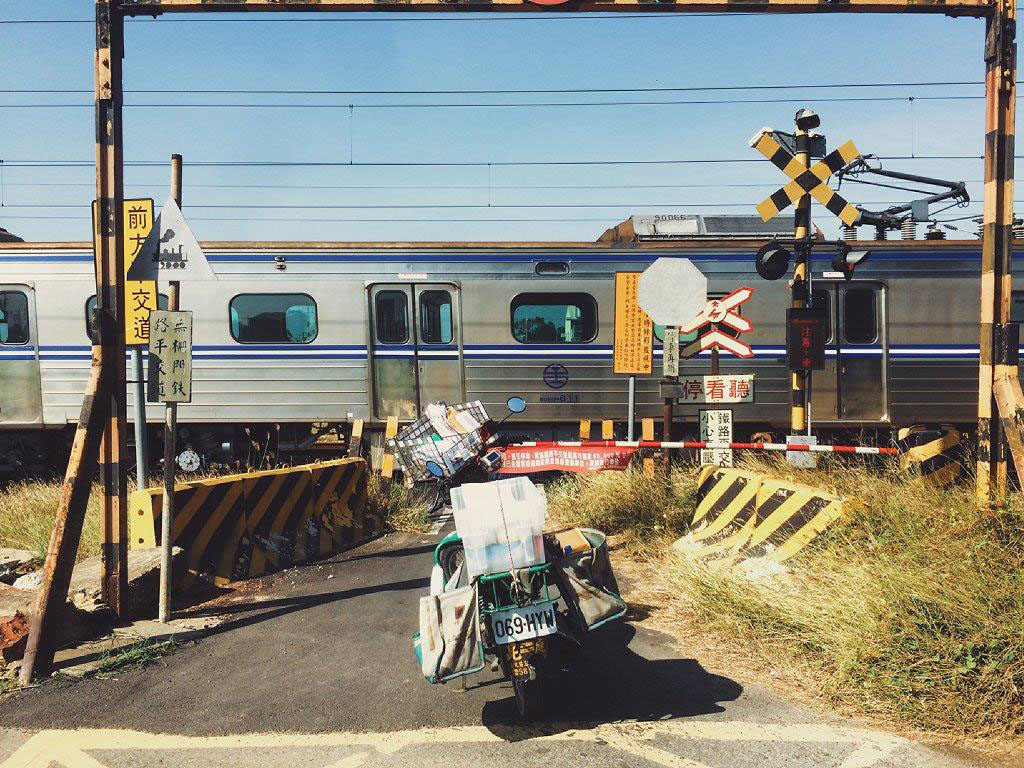 Li Sung Hua was born in 1979 in Tainan, Jiali District, Taiwan. After studying physical education at university, he became a postman in 2005 and made daily tours in Shanhua District, north of Tainan, far from the "modern city". In 2013, he began to photograph his daily life with his trusty motorcycle and mobile phone. Li Sung Hua was born in 1979 in Tainan, Jiali District, Taiwan. After studying physical education at university, he became a postman in 2005 and made daily tours in Shanhua District, north of Tainan, far from the "modern city". In 2013, he began to photograph his daily life with his trusty motorcycle and mobile phone.
His images allow us to penetrate with great humility into the heart of a village where the last house on the left has just seen its occupant join the spirits, a wheat field that he has the joy of seeing evolve with every action carried out by farmers, a country road that gradually gets lined with concrete buildings, roads he is afraid to go down because he knows that wild dogs are waiting for him, sunrises and sunsets accompanying the lives of his contemporaries oscillating between tradition and the modernity that Taiwan plunged into over the last quarter of the twentieth century. He accompanies this life that the national media has almost stopped covering. He shares his images on Instagram, where he now has nearly 45,000 followers. In 2019 he will publish his second book and continue tirelessly throughout the seasons to share with us, via our small screens, images of a simple and curious life, a small story within the big one.
This exhibition is being presented for the first time at Photaumnales and at the Tainan Photography Biennale in November 2018.
— Nicolas Havette
Nicolas Havette is a photographer and artistic director of the Manuel Rivera-Ortiz Foundation, Zhengzhou Chinese International Photography and Art Festival (Henan Province, China) and the first Tainan International Photo Festival (Taiwan).
|
Ilaria ABBIENTO
Cartografia del mare
Initation to Photolux festival of Lucca (Italy)
Exhibition curator: Enrico Stefanelli
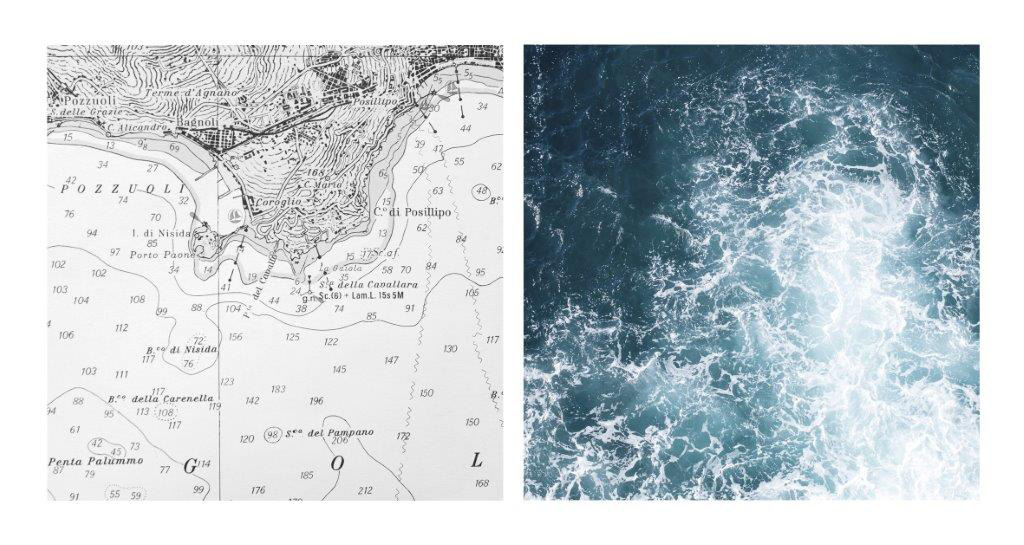 My photographic research questions the borders of my origins, the places I belong to, my inner landscapes, those of my memory. My childhood passion for maps, atlases and globes comes across in this work through the choice of a map route to navigate along the coastline that defines the limits of Naples, the city I was born in and where I practise my art. My photographic research questions the borders of my origins, the places I belong to, my inner landscapes, those of my memory. My childhood passion for maps, atlases and globes comes across in this work through the choice of a map route to navigate along the coastline that defines the limits of Naples, the city I was born in and where I practise my art.
Along the shoreline marked on the nautical chart, I explored a different stretch of coast every day and, as in a logbook, I noted my conclusions, the traces of my passage, my reflections, putting together the Imaginary archives of the sea and its variations, its changes in relation to space, climate and my whims.
Sea mapping is an aquatic diagram in which alternate watery blues, ranging from cobalt blue to greenish aquamarine, along with white foam and the geographical lines of my inner ocean. This is a liquid map, a geography of thought, in which the oscillation of the sea evokes my hidden archipelago.
— Ilaria Abbiento
Artist photographer, videographer and visual artist, Ilaria Abbiento lives and works in Naples (Italy).
www.ilariaabbiento.com  |
Marco TIBERIO & Maria GHETTI
ImmoRefugee
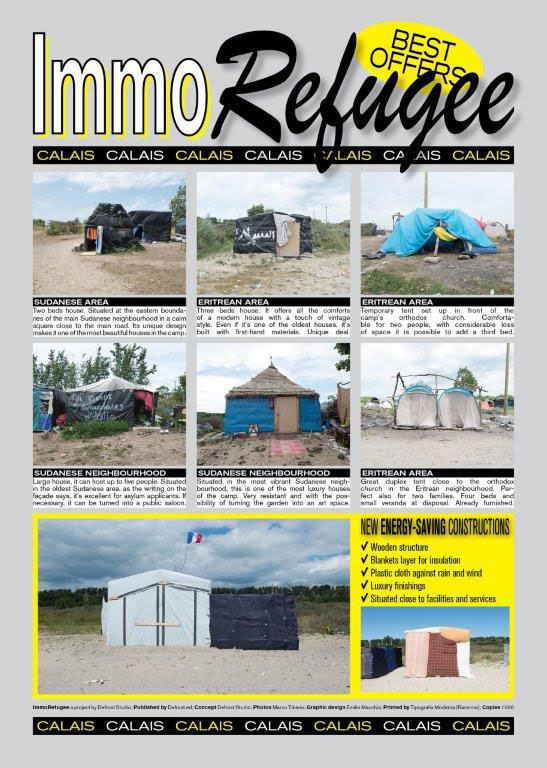
In 2016, Marco Tiberio and Maria Ghetti published ImmoRefugee, a photo book that looks like a magazine of classified real estate ads, covering a large residential area of 500,000 m2 in the suburbs of Calais, France.
Surrounded by a metal fence, five metres high and equipped with running water and lights, the New Jungle offers different types of housing, old and new.
This is no joke.
In Calais, more than 6,000 refugees lived in the same conditions as those shown here. The camp has now been demolished.
Throughout the pages, photographs of fragile huts made of tarpaulins, fabrics and wooden planks are presented as a "superb deal" with "high quality finish". The Calais Jungle has been dismantled. By keeping track of its precarious habitats, ImmoRefugee provides a poignant testimony to the sad condition of the men and women who lived there.
Defrost is a creative duo consisting of Marco Tiberio and Maria Ghetti, who both work at the crossroads of art direction, photography and exhibition design.
ImmoRefugee, Defrost éditions, 2016
Une partie des recettes de la vente du livre est reversée à une association italienne basée à Ravenne prenant en charge des réfugiés mineurs non accompagnés.
https://defrost.cargocollective.com |
| |





















 Li Sung Hua was born in 1979 in Tainan, Jiali District, Taiwan. After studying physical education at university, he became a postman in 2005 and made daily tours in Shanhua District, north of Tainan, far from the "modern city". In 2013, he began to photograph his daily life with his trusty motorcycle and mobile phone.
Li Sung Hua was born in 1979 in Tainan, Jiali District, Taiwan. After studying physical education at university, he became a postman in 2005 and made daily tours in Shanhua District, north of Tainan, far from the "modern city". In 2013, he began to photograph his daily life with his trusty motorcycle and mobile phone. My photographic research questions the borders of my origins, the places I belong to, my inner landscapes, those of my memory. My childhood passion for maps, atlases and globes comes across in this work through the choice of a map route to navigate along the coastline that defines the limits of Naples, the city I was born in and where I practise my art.
My photographic research questions the borders of my origins, the places I belong to, my inner landscapes, those of my memory. My childhood passion for maps, atlases and globes comes across in this work through the choice of a map route to navigate along the coastline that defines the limits of Naples, the city I was born in and where I practise my art.